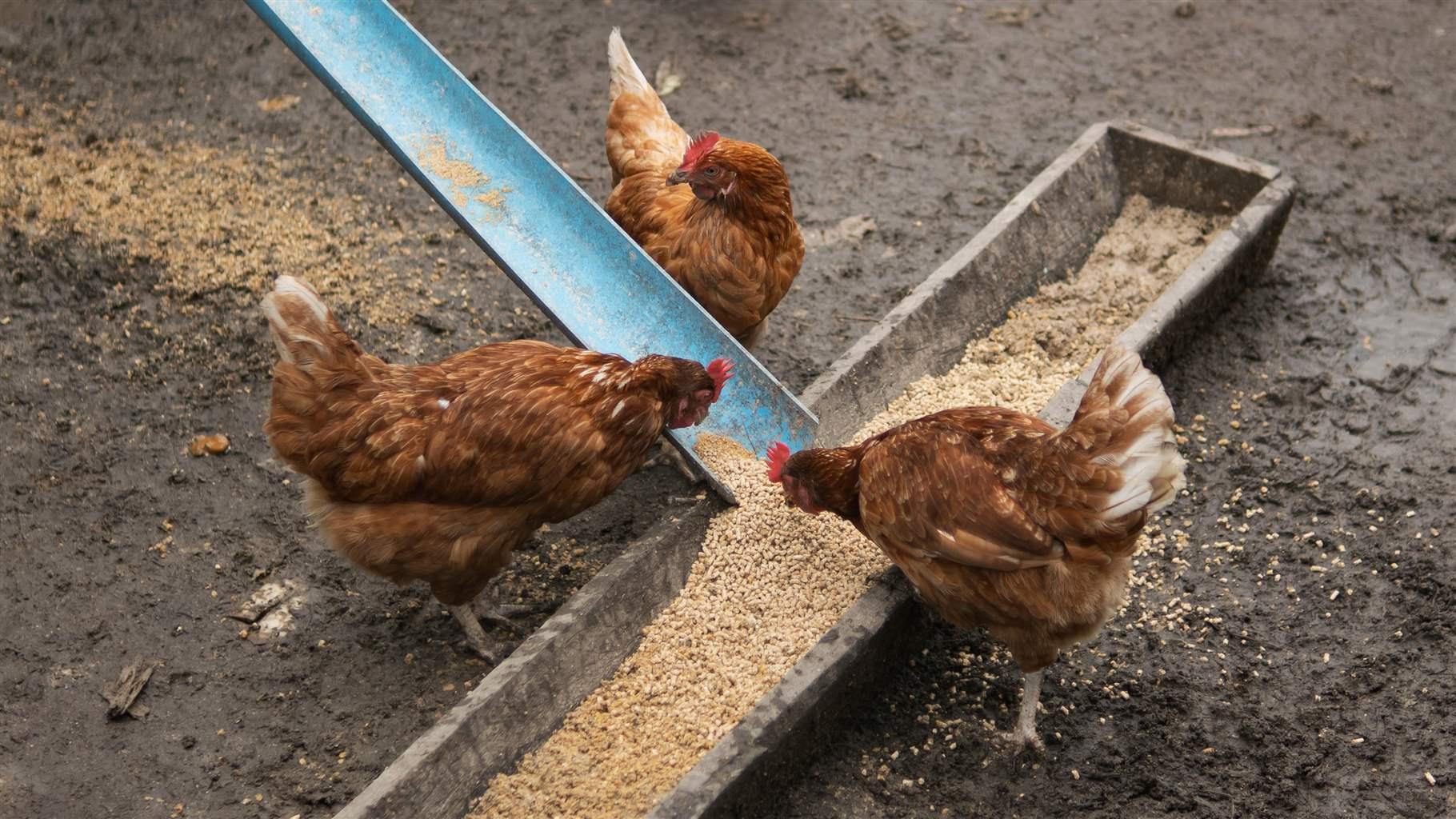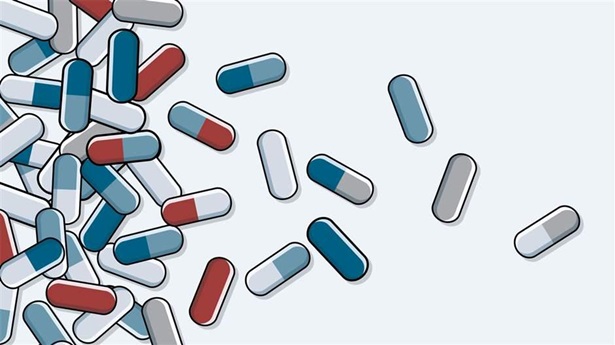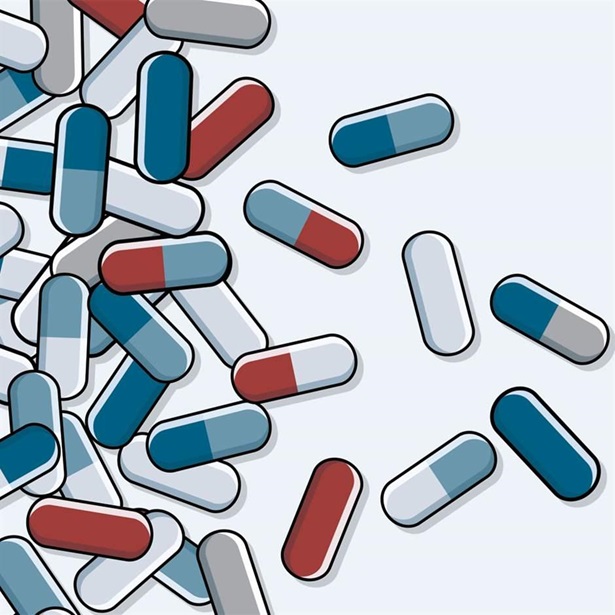Tools to Boost Beneficial Bacteria Can Help Poultry Farms Fight Salmonella
Probiotics and prebiotics belong in arsenal against this leading foodborne pathogen

Chicken products cause an estimated 1 in 7 of the nation’s human Salmonella illnesses each year, partly because the pathogen can easily contaminate the environments where birds are raised. To reduce the risk that contaminated meat will reach consumers, poultry companies need measures that control the bacterium on farms where chickens are bred and raised.
Probiotics and prebiotics, both of which boost healthy bacteria in poultry, are two of the most important tools available in this fight. These products alter the conditions in a bird’s digestive tract to favor bacteria that are beneficial to the animal and harmless to people. As these “good” bacteria grow, they deny Salmonella and other pathogens the resources they need to infect host animals.
Probiotics and prebiotics also complement other farm-level, or pre-harvest, food safety practices, including the use of poultry vaccines and biosecurity measures that prevent the spread of contaminants by feed, water, rodents, and other pests. Notably, beneficial bacteria can overwhelm many Salmonella serotypes that harm people. That’s an advantage over existing vaccines, which work against only one or two serotypes.
Probiotic products consist of live microorganisms such as Bifidobacteria and Lactobacilli. They are typically administered at birth and may be added to animal feed or sprayed on birds. Researchers have shown that direct-fed probiotics effectively curb pathogenic bacteria in poultry. For example, a 2008 randomized controlled trial found that a Lactobacillus-based probiotic culture significantly reduced Salmonella Enteritidis—a leading cause of human illnesses—in young chickens. Some probiotics also enhance these animals’ overall health and nutrition.
Probiotics and prebiotics can work in tandem. Prebiotics are sugars and other organic compounds that aid the growth of certain beneficial bacteria, such as those found in probiotics, thereby crowding out pathogens such as Salmonella. As with probiotics, prebiotics can be administered either via feed or in a spray form; they can also be added to the water that birds drink. However, prebiotics can only boost microorganisms that are already present in a bird’s gastrointestinal tract, so to maximize their efficacy, poultry operators should administer products formulated to boost beneficial bacteria already present in their flocks or matched with probiotics the birds have received.
The economic benefits of using probiotics in poultry can offset the cost, making their administration a practical pre-harvest intervention in chickens. This explains in part why prebiotics and probiotics continue to grow in popularity; the annual animal feed probiotics market alone is predicted to increase from 1.26 million tons in 2019 to 2.02 million tons by 2027.
At the same time, because probiotics consist of living microorganisms that can be susceptible to environmental factors such as heat, their manufacturing and storage can be more challenging than those of prebiotics. Although prebiotics and probiotics are considered to be safe, some concerns remain—in particular, the risk that some probiotics can speed the development of antibiotic-resistant genes. To address this, the genomes of individual organisms in the mixture can be fully sequenced to ensure that any antibiotic-resistant genes will be absent.
Taking such concerns into account, probiotics and prebiotics are crucial components of any pre-harvest program. Their use allows producers to target specific food animal species, reduce the risk of Salmonella contamination before animals are slaughtered, and improve consumer safety. Therefore, they should be included in any comprehensive farm-to-fork approach.
Sandra Eskin directs The Pew Charitable Trusts’ work on food safety.











